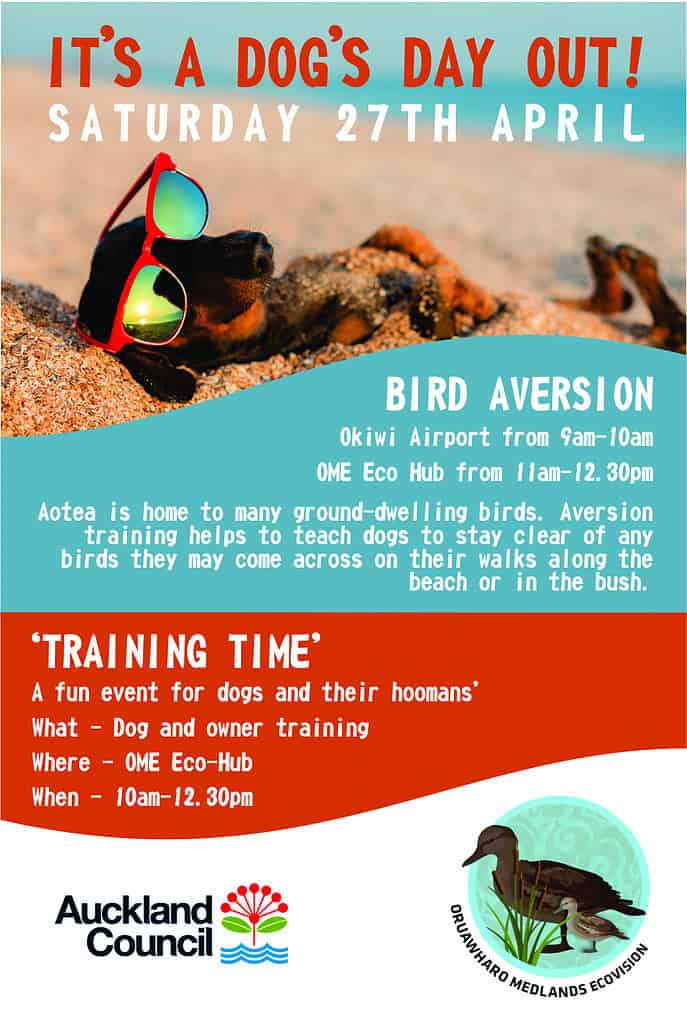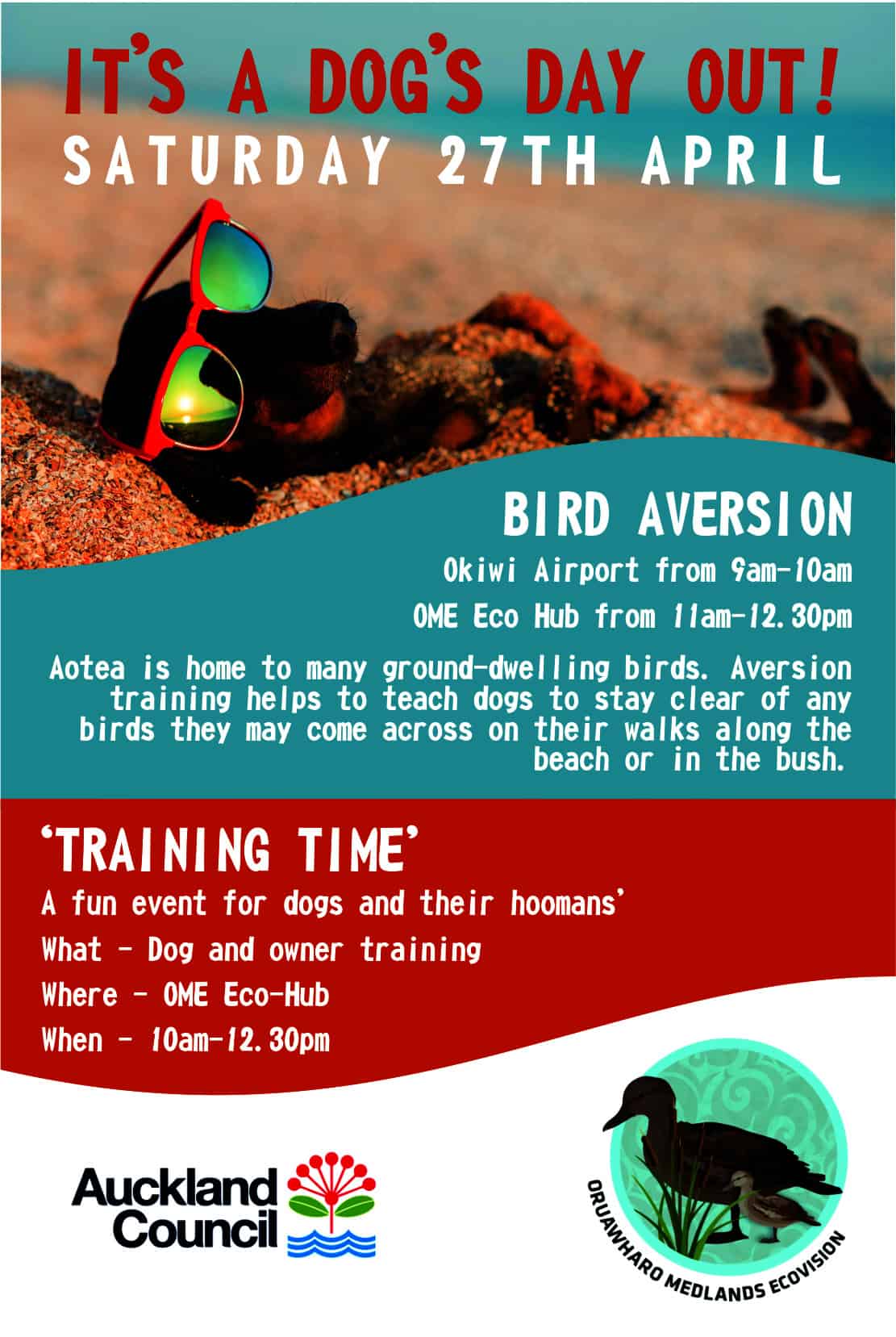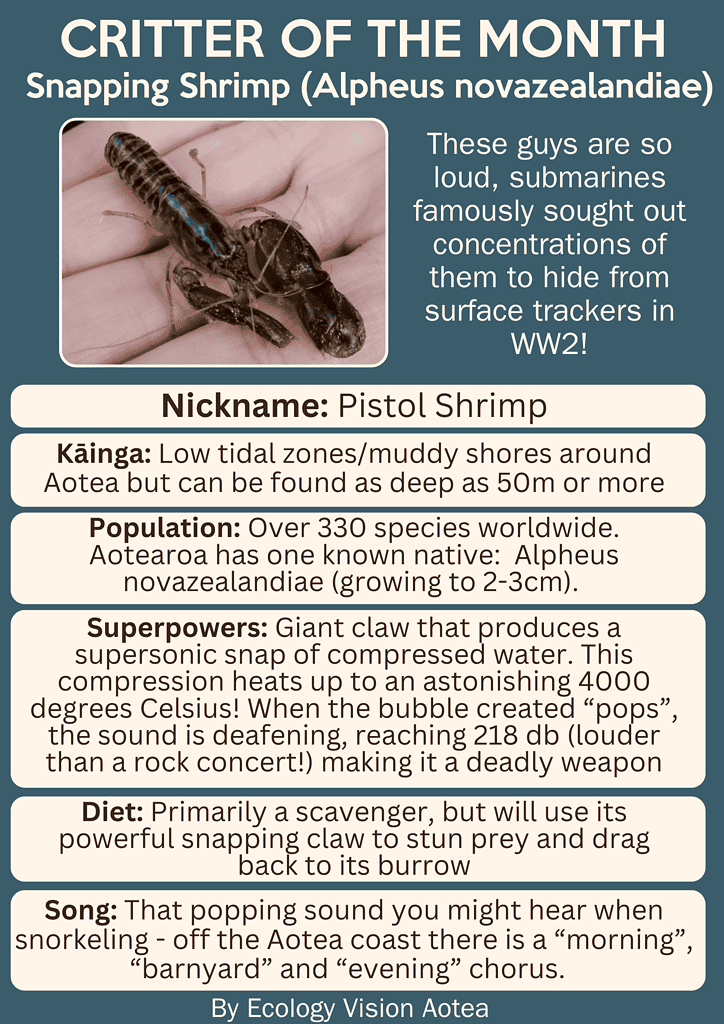
Kowhitiwhiti Moana, Snapping Shrimp, Alpheus novaezealandiae, Pistol Shrimp – whatever you call them, they are loud!
Lying on board a boat at night can sometimes sound like you’re floating in a bowl of rice bubbles at breakfast time.
Some people imagine electrolysis happening all around them, or that the boat is being attacked by the mythical fibreglass-eating teredo worm – the real reason for those nocturnal snap, crackle and pop noises is even weirder than that.
The noises are caused by the feeding habits of snapping shrimp or kowhitiwhiti moana.
Several species of snapping (or pistol) shrimp are hard at work munching in various oceans round the world but New Zealand has a native version – alphaeus novazealandiae – which grows about 2-3cm long and is camouflaged to blend into its reef and rocky habitat.
The snapping shrimp’s main difference from other shrimps are its huge claw, like a giant boxing glove, which makes up about half its body weight. The claw has two parts – a flat anvil on one side and a concave scoop on the other.
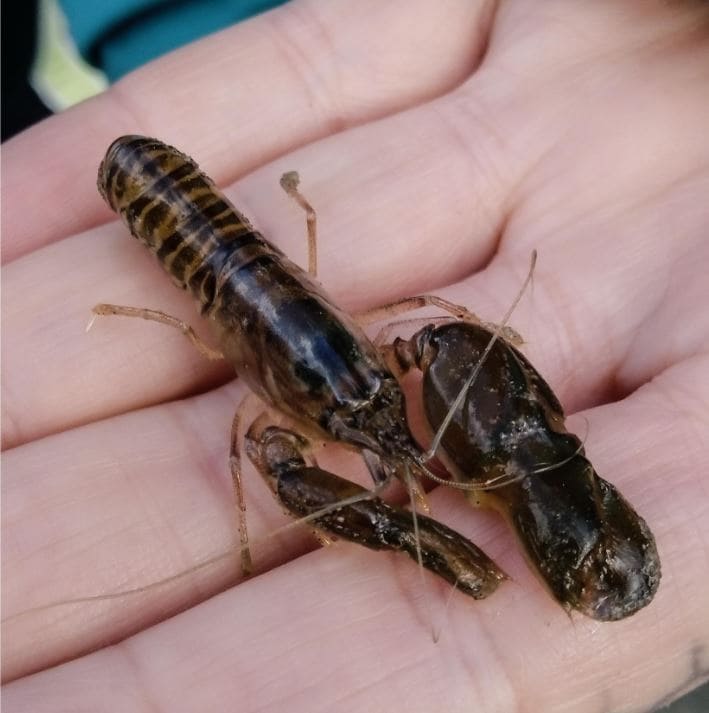
How can a small creature make so much noise?!?
The shrimp snaps these together with enough force to super-compress the water caught between them.
The compressed seawater heats to about 4000°C and expands, forcing out a low-pressure cavitation bubble at speeds up to 100km/h. As the bubble de-pressurises, it expands and bursts – causing the loud popping noise.
Scientists say the noise can reach 218dB (a rock concert would be around 150dB) and that the force required to make it is greater than any man-made device can produce, weight for weight.
The bursting bubble and the accompanying pressure wave stuns the shrimp’s prey – small fish and marine organisms – which it then drags back into its burrow to eat at leisure.
World War II submariners first recognised the phenomenon because the shrimp chorus interfered with sonar echoes and they would seek out concentrations of snapping shrimp to create an underwater hideaway from surface trackers.
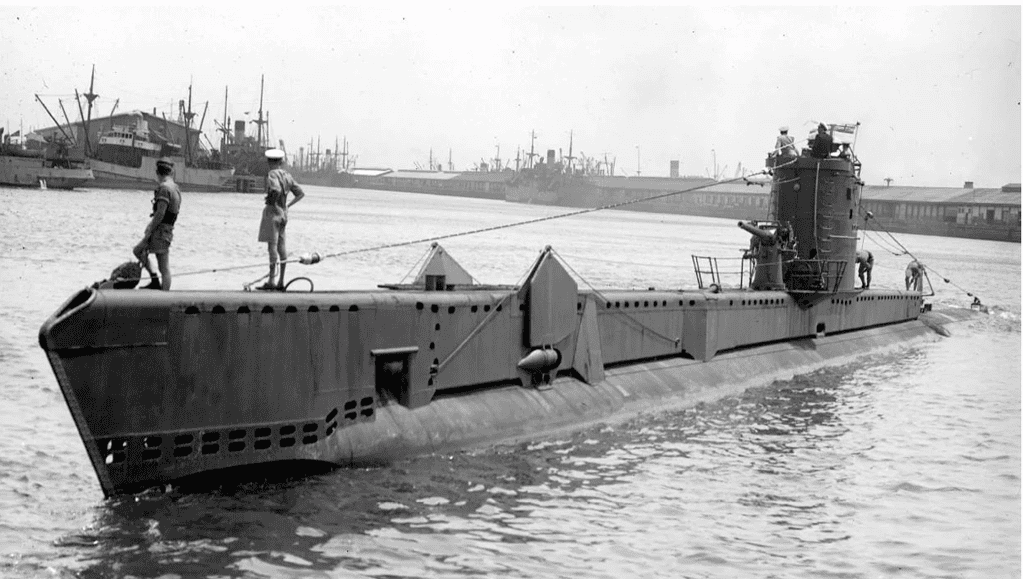
New Zealand was already known to have some of the noisiest reef life in the world; kina make popping noises, gurnard growl, grunt and groan and john dory bark like a dog.
But it wasn’t until the Royal New Zealand Navy set up a hydrophone on Aotea Great Barrier Island in 1958 to monitor ship and submarine traffic in the Pacific that scientists began to study the shrimp in earnest.
Three noise types were identified in the pristine reefs off the eastern side of the island which they termed “morning”, “barnyard” and “evening” choruses and realised the shrimps’ role in creating them.
At first they thought the noise was created by shrimp claws clacking together with great force, but when cameras capable of taking 4,000 frames per second became available they revealed the bursting bubble produced in a process taking about 10 nanoseconds.
It is also thought that the superheat generated in the claws cooks the micro-organisms in the seawater which are then expelled to be gobbled by the shrimp.
If the big claw is lost or damaged, the ambidextrous shrimp grows the smaller claw to take its place – mind boggling!
Check out these cool sighting / recordings on iNaturalist and the mapped locations. You could be the first to put Aotea on the map!
Original article by Lindsay Wright, Stuff, Snapping Shrimp Secrets .
Critter of the Month, published on behalf of the Ecology Vision and Envirokiwi

